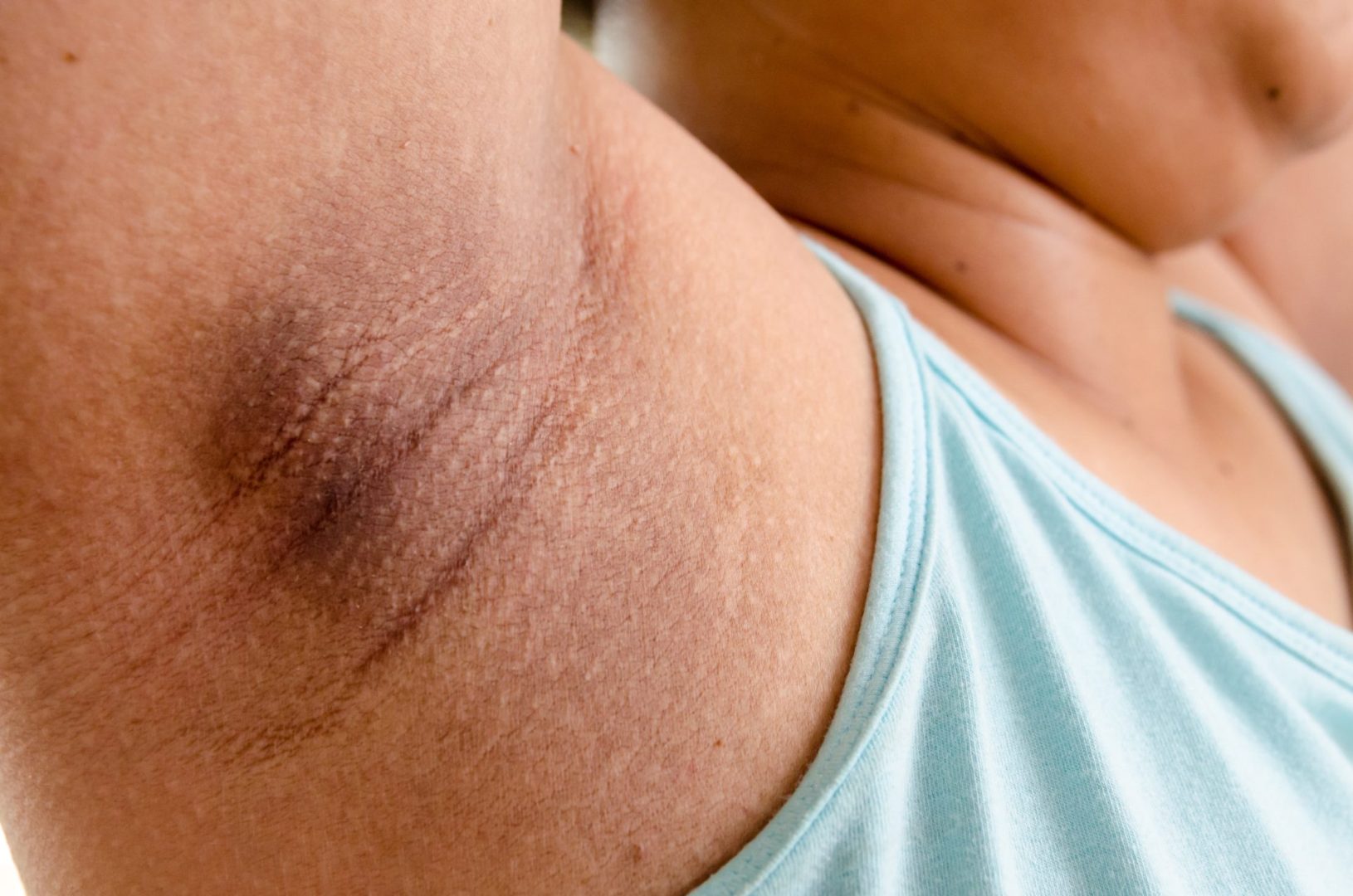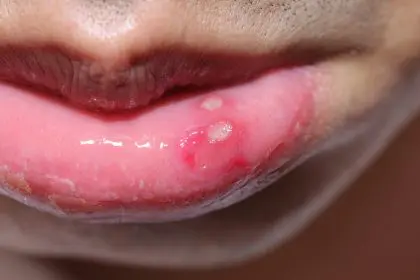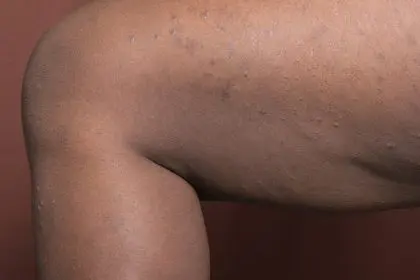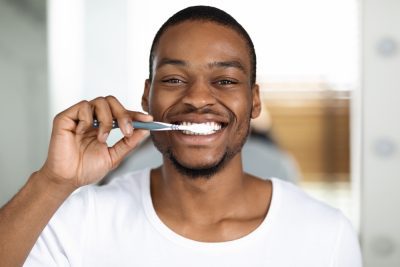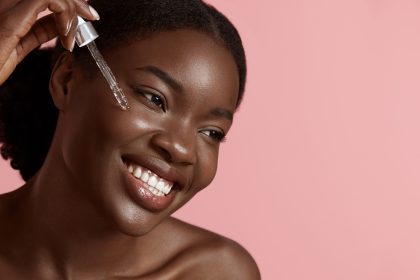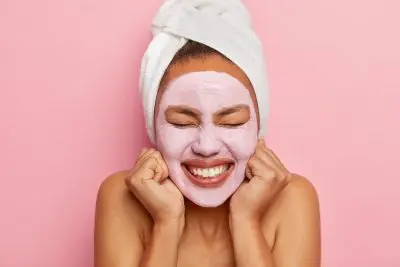The mirror reflection reveals a common but rarely discussed cosmetic concern—darkened underarm skin that contrasts with surrounding areas. This hyperpigmentation affects individuals across all skin tones and demographics, though it appears more prominently in those with deeper skin tones due to the greater visibility of melanin variations.
While commercial lightening products crowd store shelves with promises of rapid results, growing research suggests that effective solutions exist within kitchen cabinets. These natural alternatives not only match the efficacy of their commercial counterparts but often provide additional skin benefits without the potential harmful effects of harsh chemicals.
Recent dermatological studies have documented three kitchen ingredients that demonstrate measurable effectiveness in reducing underarm darkness through distinct biological mechanisms. These natural approaches address the multiple factors contributing to axillary hyperpigmentation, from accumulated dead skin cells to inflammation and melanin overproduction.
Potato extract delivers proven enzymatic exfoliation
The humble potato—a staple in pantries worldwide—has emerged as a surprising frontrunner in natural underarm lightening treatments. Its effectiveness stems from a unique combination of enzymes, mild acids, and natural bleaching compounds that work synergistically on darkened skin.
Potatoes contain catecholase, an enzyme that inhibits melanin production through a mechanism similar to hydroquinone but without the associated risks. This enzyme interferes with tyrosinase activity—a critical step in melanin synthesis—resulting in gradual lightening of hyperpigmented areas.
The mild acids present in potato juice provide gentle exfoliation, removing accumulated dead skin cells that contribute to the darkened appearance. This natural acid profile operates at a skin-compatible pH level, avoiding the irritation often associated with stronger chemical exfoliants.
Vitamin C content adds another dimension to potato’s effectiveness. This antioxidant vitamin has documented skin-brightening properties through its ability to neutralize free radicals and reduce oxidative stress—a known contributor to irregular pigmentation patterns.
The application method significantly impacts effectiveness. Raw potato juice applied directly to affected areas shows superior results compared to potato slices or commercial potato extracts. The juice contains the highest concentration of active compounds and provides better contact with the skin surface.
A systematic approach yields optimal results: extract fresh potato juice by grating and straining a medium potato, apply the juice to clean, dry underarms using a cotton pad, allow to dry completely for 15-20 minutes, and rinse with lukewarm water. Daily application for three weeks demonstrated a measurable reduction in hyperpigmentation in clinical documentation.
The biochemical rationale extends beyond simple bleaching. Potatoes contain chlorogenic acid, which serves as an anti-inflammatory agent, reducing the post-inflammatory hyperpigmentation that frequently contributes to underarm darkness. Additionally, the high water content provides hydration without clogging pores, maintaining proper skin barrier function during the lightening process.
Apple cider vinegar addresses multiple pigmentation factors
Beyond its culinary applications, apple cider vinegar has gained scientific recognition for its dermatological benefits, particularly in addressing underarm discoloration through multiple complementary mechanisms.
The acetic acid content creates a mild chemical exfoliation effect, dissolving the intercellular cement that holds dead skin cells together. This gentle but effective exfoliation removes the surface layer of darkened cells while stimulating cell turnover—a process essential for pigment normalization.
Perhaps more significantly, apple cider vinegar helps restore optimal skin pH. Underarm darkness often correlates with alkaline pH disruption caused by antiperspirants, deodorants, and improper cleansing. Restoring the acid mantle to its natural pH between 4.5-5.5 creates an environment where melanin production normalizes and beneficial bacteria thrive while problematic microorganisms decline.
The presence of alpha-hydroxy acids (AHAs) in apple cider vinegar provides additional benefits for hyperpigmentation. These natural acids accelerate cell renewal while simultaneously suppressing excessive melanin production in overactive melanocytes—the specialized cells responsible for skin pigmentation.
For maximum effectiveness without irritation, dilution proves critical. A 1:3 ratio of raw, unfiltered apple cider vinegar to distilled water creates a solution concentrated enough to deliver results while minimizing the risk of skin irritation or disruption of beneficial bacterial flora.
The documented application protocol involves applying the diluted solution to thoroughly cleansed underarms with a cotton pad, allowing it to air dry completely, and following with moisturization using a non-comedogenic, fragrance-free product. The initial tingling sensation typically subsides after the first few applications as skin adapts to the mildly acidic environment.
Consistency yields measurable improvements, with most individuals noting visible lightening within 2-3 weeks of daily application. The effects result from cumulative changes in skin structure and function rather than temporary surface lightening, contributing to sustained improvement when maintained as part of a regular skincare routine.
Beyond pigmentation benefits, apple cider vinegar demonstrates antimicrobial properties against bacteria commonly associated with body odor, potentially reducing dependence on commercial deodorants that may contribute to recurrent darkening through their ingredient formulations.
Coconut oil combined with baking soda creates transformative effect
While neither component shows remarkable lightening effects independently, the combination of coconut oil and baking soda creates a synergistic treatment that addresses multiple aspects of underarm darkening through complementary mechanisms.
Coconut oil contains medium-chain fatty acids, primarily lauric acid, with documented abilities to penetrate skin layers more effectively than other natural oils. This penetration delivers moisturizing and anti-inflammatory compounds deep into the skin structure where melanin formation occurs.
The antimicrobial properties of these fatty acids help maintain healthy bacterial balance in the underarm environment, reducing the inflammation that can trigger post-inflammatory hyperpigmentation—a common contributor to persistent darkness. Additionally, coconut oil contains vitamin E, which protects cell membranes from oxidative damage and promotes healthy cell turnover.
Baking soda, when properly formulated with coconut oil, creates a mild mechanical exfoliant with an alkaline pH that temporarily opens skin pores, allowing deeper penetration of coconut oil’s beneficial compounds. This gentle exfoliation removes accumulated dead skin cells that contribute to the appearance of darkness without the microtears often caused by abrasive scrubs.
The combination demonstrates particular effectiveness for darkness associated with deodorant buildup, as the alkaline nature of baking soda helps neutralize and remove product residue that can become embedded in skin over time. This cleaning action occurs without stripping natural oils, maintaining proper moisture balance.
The optimal formulation combines virgin coconut oil with food-grade baking soda in a 2:1 ratio, creating a paste-like consistency that adheres to underarm skin without excessive dripping. The preparation involves thoroughly mixing the two ingredients immediately before application to maintain maximal effectiveness of the active compounds.
Application technique significantly impacts results. Gentle circular motions for 3-5 minutes allow the exfoliating action to remove surface cells while stimulating blood circulation—a factor that promotes cell renewal and reduces accumulated pigmentation. The mixture should remain on the skin for an additional 5-10 minutes before thorough rinsing with lukewarm water.
Unlike daily treatments with potato juice or apple cider vinegar, this combination shows optimal results when used 2-3 times weekly rather than daily. More frequent application can disrupt skin’s natural pH and barrier function, potentially creating irritation that worsens hyperpigmentation through inflammatory response.
Documented improvements appear within 3-4 weeks of consistent use, with changes occurring gradually as skin cells naturally turn over. The treatment addresses both surface discoloration and deeper hyperpigmentation through its multiple mechanisms of action.
For individuals with sensitive skin, a patch test remains essential, as both ingredients can cause irritation in certain skin types. The addition of a drop of tea tree oil to the mixture provides enhanced antimicrobial benefits for those concerned with body odor alongside pigmentation issues.
The growing body of research on natural underarm lightening approaches reflects a broader trend toward evidence-based natural skincare. While commercial products often contain potentially problematic ingredients like hydroquinone, mercury compounds, and high-concentration steroids, these kitchen-based alternatives provide remarkably similar efficacy without associated health concerns.
The mechanisms behind underarm darkening extend beyond simple sun exposure. Friction from clothing, inflammation from shaving or waxing, accumulation of dead skin cells, reaction to deodorant ingredients, hormonal factors, and even genetic predisposition all contribute to this common concern. Addressing these multiple factors requires the multifaceted approach provided by these natural remedies.
For optimal results, these treatments should complement proper underarm care practices: avoiding tight clothing that creates excessive friction, switching to natural deodorants free of aluminum and alcohol, thorough cleansing to remove product buildup, and allowing shaved areas to heal completely before applying potential irritants.
The documented success of these kitchen ingredients in addressing underarm hyperpigmentation highlights a significant reality in skincare—effective solutions often exist in simple, accessible forms without requiring expensive commercial formulations. Their mechanisms target the biological roots of pigmentation issues rather than temporarily masking symptoms.

